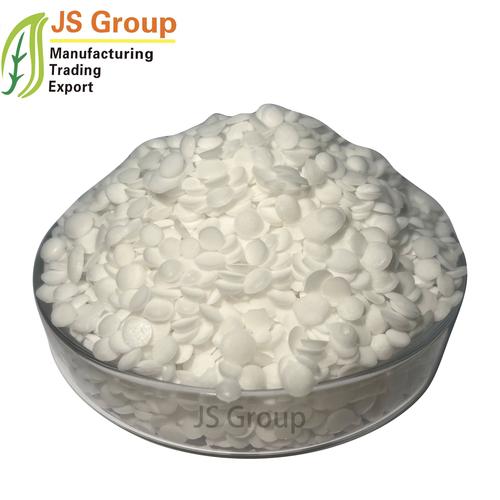
Magnesium-Oxygen: A Revolutionary Power Source
Magnesium-oxygen batteries have been making waves in the world of energy storage. As you delve into this innovative technology, you’ll find a myriad of fascinating aspects that make it a promising candidate for the future of power sources. Let’s explore the various dimensions of magnesium-oxygen batteries together.
What is Magnesium-Oxygen?
Magnesium-oxygen batteries are a type of electrochemical battery that utilizes magnesium and oxygen as their anode and cathode materials, respectively. The magnesium anode releases electrons during discharge, while the oxygen cathode accepts these electrons and combines with magnesium to form magnesium oxide. This reaction is highly exothermic, resulting in a high energy density and a simple, environmentally friendly process.

Advantages of Magnesium-Oxygen Batteries
There are several advantages that make magnesium-oxygen batteries stand out from other battery technologies:
| Advantage | Description |
|---|---|
| High Energy Density | Magnesium-oxygen batteries can store a significant amount of energy in a small volume, making them ideal for portable applications. |
| Low Cost | Magnesium is abundant and inexpensive, which can lead to lower production costs for magnesium-oxygen batteries. |
| Environmentally Friendly | The reaction between magnesium and oxygen is a simple, environmentally friendly process that produces only magnesium oxide as a byproduct. |
| High Power Density | Magnesium-oxygen batteries can deliver a high amount of power in a short period, making them suitable for applications that require rapid energy release. |
Applications of Magnesium-Oxygen Batteries
Magnesium-oxygen batteries have the potential to be used in a wide range of applications, including:
- Portable electronics: Smartphones, laptops, and other portable devices could benefit from the high energy density and low cost of magnesium-oxygen batteries.
- Electric vehicles: Magnesium-oxygen batteries could potentially power electric cars, providing a longer range and faster charging times than current battery technologies.
- Renewable energy storage: These batteries could be used to store energy from solar and wind farms, providing a more reliable and efficient energy source.
- Medical devices: Magnesium-oxygen batteries could power medical devices such as pacemakers and defibrillators, offering a longer-lasting and more cost-effective alternative.
Challenges and Future Outlook
While magnesium-oxygen batteries offer numerous advantages, there are still challenges that need to be addressed before they can become widely adopted:
- Low discharge capacity: The discharge capacity of magnesium-oxygen batteries is relatively low compared to other battery technologies, which can limit their practical applications.
- Stability issues: Magnesium-oxygen batteries can experience degradation over time, leading to a decrease in performance.
- Cost: Although magnesium is abundant and inexpensive, the production costs of magnesium-oxygen batteries are still relatively high compared to other battery technologies.
However, ongoing research and development efforts are focused on overcoming these challenges. Innovations in materials, design, and manufacturing processes are expected to improve the performance, stability, and cost-effectiveness of magnesium-oxygen batteries in the future.
Conclusion
Magnesium-oxygen batteries represent a promising new direction in energy storage technology. With their high energy density, low cost, and environmentally friendly process, these batteries have the potential to revolutionize the way we store and use energy. As research continues to advance, magnesium-oxygen batteries may soon become a key player in the future of power sources.


